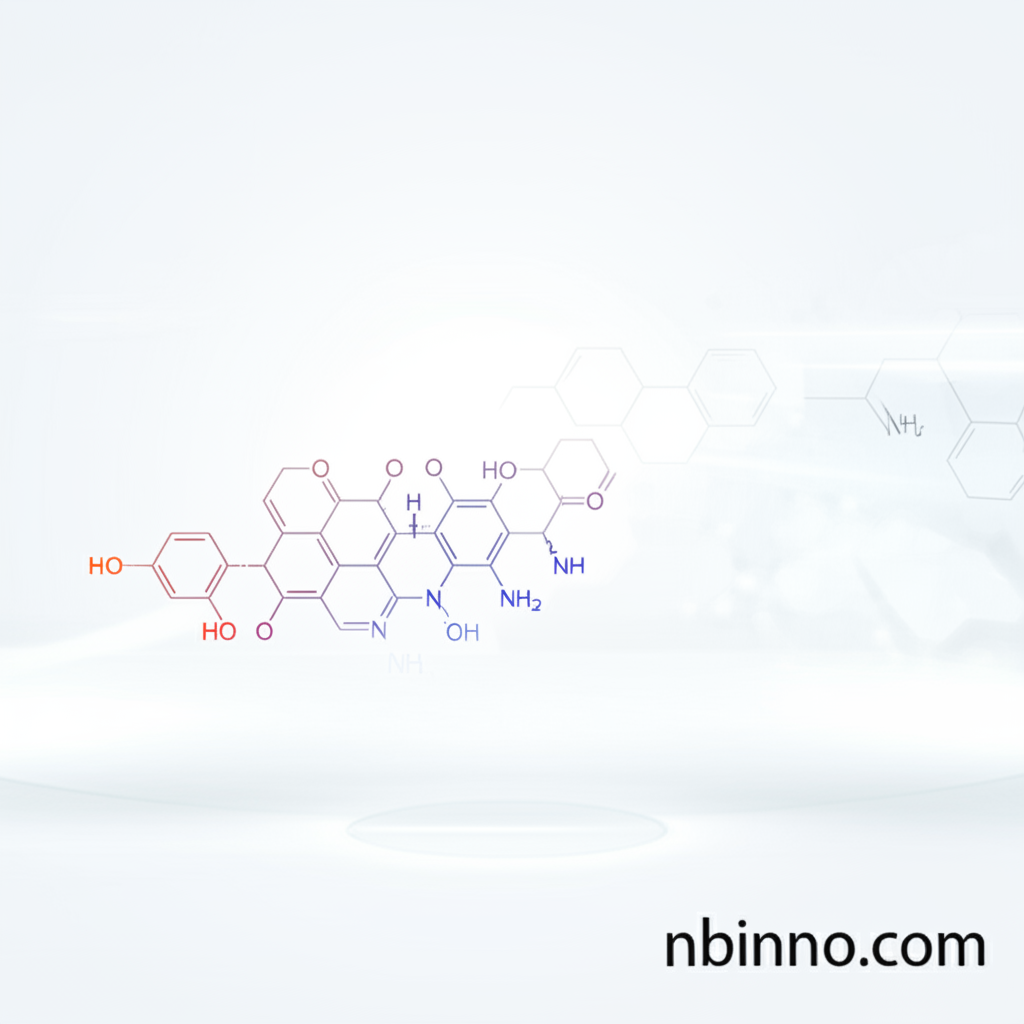1-(4-Azidophenyl)-1,2,2-triphenylethene: High-Purity OLED Intermediate Supplier in China
Discover a key building block for advanced photoelectric materials. Our high-purity 1-(4-azidophenyl)-1,2,2-triphenylethene, CAS 1401426-85-4, is manufactured in China to meet the demanding standards of the OLED industry. We are a trusted supplier, offering competitive pricing and reliable supply for your R&D and manufacturing needs.
Get a Quote & SampleUnlock Advanced OLED Performance with a Premium Intermediate

1-(4-Azidophenyl)-1,2,2-triphenylethene
As a leading manufacturer and supplier in China, we provide high-purity 1-(4-azidophenyl)-1,2,2-triphenylethene. This critical OLED intermediate (CAS: 1401426-85-4) is essential for synthesizing cutting-edge photoelectric materials, offering exceptional quality and consistency for your innovations. Partner with us for a stable supply chain and excellent product support.
- High Purity 1-(4-azidophenyl)-1,2,2-triphenylethene: Sourced from a reliable manufacturer for consistent performance in your OLED applications.
- OLED Intermediate (CAS 1401426-85-4): A vital component for advanced organic electronics, ensuring the efficacy of your photoelectric materials.
- Competitive Price & Availability: As a premier supplier in China, we offer competitive pricing and readily available stock to meet your project timelines.
- Trusted Manufacturer in China: Rely on our commitment to quality and innovation for your critical chemical needs in electronic materials.
Advantages of Partnering with Our OLED Material Supplier
Exceptional Purity & Consistency
Our 1-(4-azidophenyl)-1,2,2-triphenylethene (CAS 1401426-85-4) is meticulously produced to achieve 98% purity, ensuring reliable and reproducible results in your OLED device fabrication. We are a dedicated supplier for electronic chemicals.
Streamlined Supply Chain from China
Benefit from direct sourcing from a leading chemical manufacturer in China. We offer efficient logistics and consistent availability of this crucial OLED intermediate, supporting your production schedules.
Expertise in Photoelectric Materials
Leverage our deep understanding of the OLED market and synthetic organic chemistry. We provide essential intermediates like 1-(4-azidophenyl)-1,2,2-triphenylethene to drive innovation in the photoelectric materials sector.
Key Applications of 1-(4-Azidophenyl)-1,2,2-triphenylethene
OLED Device Fabrication
Utilize this high-purity intermediate as a foundational material in the synthesis of organic light-emitting diodes (OLEDs), crucial for modern display and lighting technologies.
Advanced Organic Electronics
Integrate 1-(4-azidophenyl)-1,2,2-triphenylethene into research and development for novel organic electronic devices, leveraging its unique chemical structure.
Specialty Chemical Synthesis
As a versatile intermediate, it is indispensable for custom synthesis projects requiring complex organic molecules for various high-tech applications.
Photoelectric Material Development
This compound serves as a key building block for researchers and formulators developing next-generation photoelectric materials, contributing to advancements in the energy and electronics sectors.
